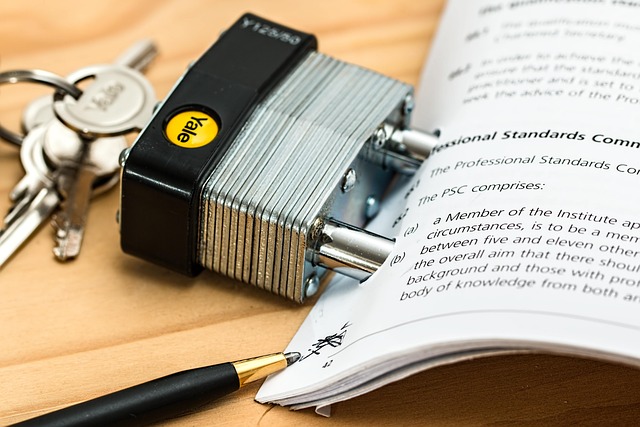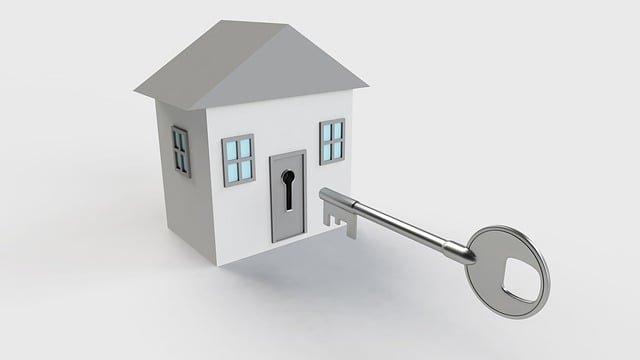Understanding lease terms is crucial for a positive student living experience. This includes grasping key concepts like lease duration, rent amounts, and payment methods, as well as maintenance responsibilities, termination policies, and subletting rules. A student lease guide can help decipher these rental contract terms, empowering students to make informed decisions and avoid unforeseen costs. By reviewing lease clauses related to rent payments, property maintenance, disputes, and termination, students can ensure a smooth and beneficial off-campus living experience.
Navigating leases and rental agreements can be daunting for students new to independent living. This comprehensive guide unravels the intricacies of student rental agreements, empowering tenants with knowledge. From comprehending basic lease terms, including fixed-term and flexible options, to deciphering common clauses on subletting, pet policies, and maintenance, we demystify the process. We also equip students with tools for protecting their rights, negotiating favorable terms, and fostering positive relationships with landlords. This student lease guide is your essential tool for navigating rental contracts with confidence.
- Understanding Basic Lease Terms
- – Definition of a lease and its duration
- – Types of leases (fixed-term, flexible, etc.)
- – Rights and responsibilities of landlords and tenants
- Key Components of Student Rental Agreements
- – Property details and rental price
Understanding Basic Lease Terms

When it comes to student rental agreements, understanding the lease terms is essential for a smooth living experience. Familiarize yourself with key concepts like lease duration, which outlines the start and end dates. Rent amount and payment methods are crucial financial aspects to grasp, ensuring you’re prepared for regular payments.
Additionally, review lease clauses that cover maintenance responsibilities, often denoted as landlord vs tenant duties. Know your rights and obligations regarding repairs and property care. Termination policies and break fees are also significant, detailing the procedures and financial implications if either party needs to end the agreement early. A student lease guide can serve as a valuable tool to decipher these rental contract terms.
– Definition of a lease and its duration

When students look for accommodation, one of the key documents they’ll encounter is a lease or rental agreement. A lease is a legal contract between a landlord and tenant that outlines the terms and conditions for living in a property during a specified period. Understanding these lease terms is essential for students to ensure a smooth rental experience.
The duration of a student lease can vary, typically ranging from several months to a year, or even longer in some cases. Short-term leases are common for students who may be moving frequently due to changes in studies or university locations. During this period, the agreement will specify rent amounts, payment deadlines, and any restrictions or rules set by the landlord. Students should carefully review lease clauses related to maintenance responsibilities, subletting options, and break clauses that allow them to terminate the contract early without penalties if needed.
– Types of leases (fixed-term, flexible, etc.)

When it comes to student housing, understanding lease terms is crucial for a smooth living experience. There are several types of leases commonly offered by landlords, each with its own set of advantages and considerations. Fixed-term leases, as the name suggests, have a predetermined start and end date, providing students with stability and long-term planning benefits. This type of agreement is ideal for those seeking consistent housing throughout their academic year. On the other hand, flexible or rolling leases offer more adaptability, allowing tenants to renew their stay month-to-month or sign new contracts at the end of each term. Such arrangements are perfect for students with unpredictable schedules or those who prefer the freedom to move around.
In a student rental agreement, lease clauses play a significant role in defining the rights and responsibilities of both parties. Students should pay close attention to details about rent payment deadlines, permit or subletting restrictions, maintenance and repair obligations, and eviction procedures. Additionally, understanding the boundaries of what’s included in the rent (e.g., utilities, high-speed internet) is essential for avoiding unexpected costs. A comprehensive student lease guide can help demystify these terms, ensuring students are well-prepared to navigate their rental agreements with confidence.
– Rights and responsibilities of landlords and tenants

Navigating leases and rental agreements as a student can seem daunting, but understanding your rights and responsibilities is key to a smooth living experience. Student rental agreements are legal contracts between landlords and tenants, outlining the terms of the tenancy. It’s crucial for students to read and comprehend these lease terms explained in detail.
Landlords have certain obligations, such as providing a safe and habitable property, maintaining it, and respecting tenants’ privacy. Tenants, on the other hand, are responsible for paying rent on time, keeping the premises tidy, and adhering to any specific house rules or lease clauses students often encounter. Understanding rental contract terms ensures both parties are protected and can avoid potential disputes. A comprehensive student lease guide should be readily available to educate newcomers on these essential aspects of renting.
Key Components of Student Rental Agreements

When navigating leases and rental agreements as a student, it’s crucial to understand the key components that make up your student rental agreement. A comprehensive student lease guide should include detailed lease terms explained, covering both the rights and responsibilities of both the tenant and landlord. This includes rental contract terms such as the duration of the lease, payment schedules, security deposits, and any restrictions on pets or subletting.
Understanding lease clauses students is essential to avoid unexpected issues. Pay close attention to provisions related to maintenance and repairs, resolution of disputes, and termination policies. Additionally, be sure to read through sections regarding insurance requirements, as well as rules and regulations specific to the property or housing complex. Knowing what’s included in your rental agreement empowers you to make informed decisions and ensures a smooth living experience.
– Property details and rental price

When navigating student rentals, understanding property details and rental prices is a crucial first step. Before signing any student rental agreements, carefully review the lease terms explained in the contract. This includes clarifying the rental price, which might vary based on factors like location, property size, amenities, and market trends. Students should also pay close attention to additional fees such as utilities, parking, or service charges that could significantly impact their overall living expenses.
A comprehensive student lease guide will outline essential rental contract terms and lease clauses students need to know. This includes details about lease duration, renewal options, security deposits, and payment deadlines. Students should ensure they are comfortable with these terms and have a clear understanding of their rights and responsibilities as tenants. By thoroughly reviewing these aspects, students can make informed decisions when selecting a place to live during their academic journey.






